Copenhagen
- dougsmith51
- May 24
- 7 min read
After finishing our tour of the Norwegian coast, we moved on to Denmark to visit Copenhagen. We'd been there once before, in 1990, when our son Tory was only a year-and-a-half old, back in the day when kids under two flew for free.
We'd always talked about a return visit, and it's pretty inexpensive and fast (1.5 hours) to fly from Norway to Denmark. Plus, Tory's best friend Nony now works in Copenhagen and had suggested we meet up. So, on May 14 we flew from Bergen to Copenhagen for a four day visit.
We bought a Copenhagen Pass, which allowed us full use of the transportation system and also admission to many of the places we wanted to visit.
Copenhagen is very walkable (it's flat - a big contrast to Norway) and also has great public transportation - we were able to take the Metro in from the airport to within five minutes walk to our hotel, right downtown near the center of the action.

Since Copenhagen is so flat, It appears that everyone in the city owns a bike and uses it to get around. Bikes are parked everywhere, and you have to watch your step as you cross any street, since you need to cross both bike lanes and car lanes.

On our first full day, we walked to the Round Tower. It was built as an astronomy tower by King Christian IV, one of Denmark's most prolific kings, in the 1600s. You ascend most of the tower on an "equestrian staircase", a helical ramp. There are nice views of Copenhagen from the top.
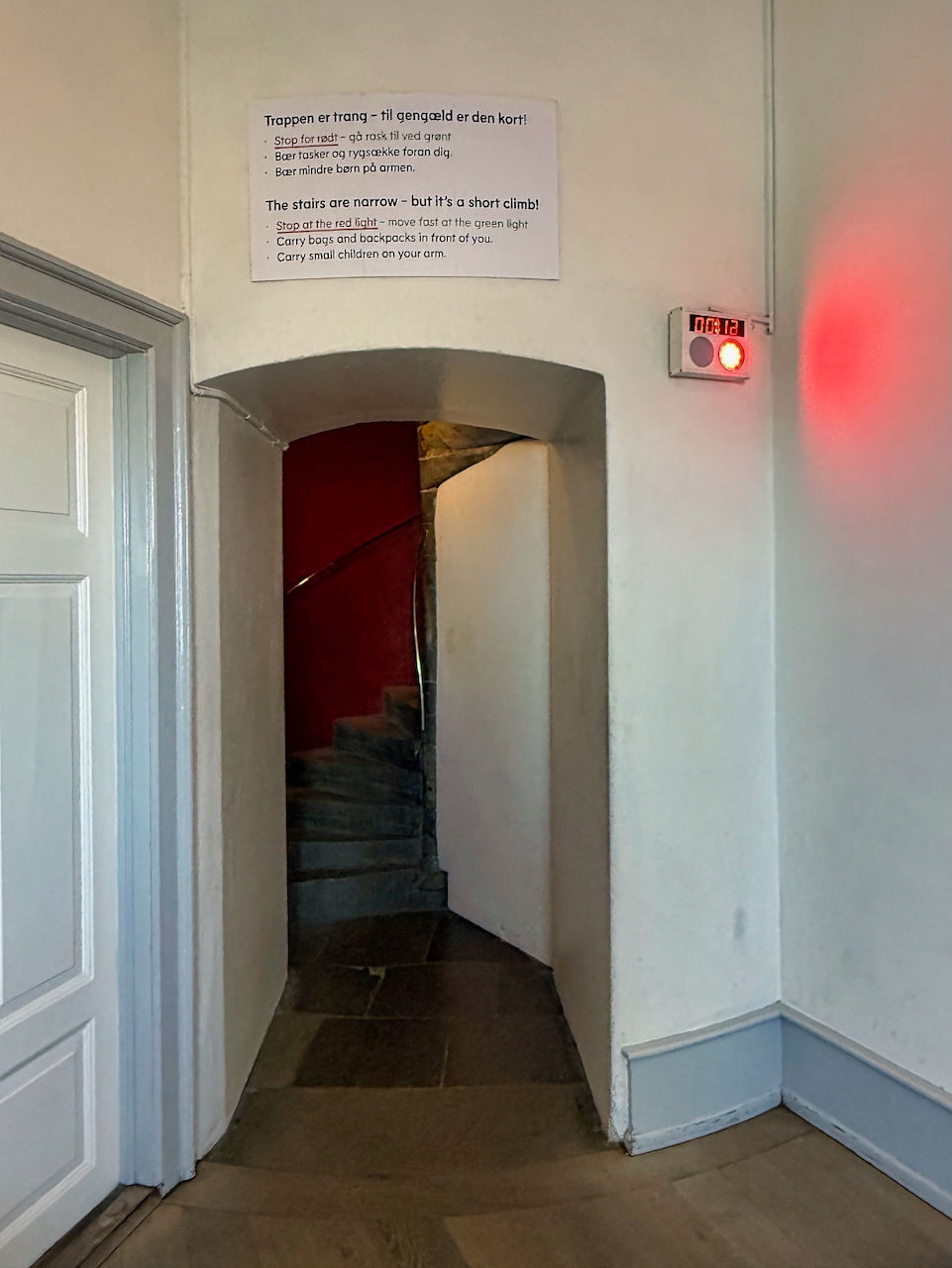

View of the city from the top of the Round Tower

From the Round Tower we walked to the Rosenborg Palace, also built by Christian IV.

The tour takes you through different rooms organized chronologically, and you could see the changing royal tastes in architecture, clothing, and painting as you walked through.

When Christian IV was king, “Denmark” consisted of the current country, Norway, Sweden, Greenland, Iceland, and northern Germany. It was a large and powerful realm. Nowadays, Denmark is about the size of Maryland with a similar population size (six million), and Greenland is still a territory.

After touring the palace rooms, we traveled to the building's basement where the royal treasures and crown jewels are stored. There were a large number of ivory carvings, and even a replica of a ship under sail - complete with tissue thin ivory sails. We hated to think how many elephants died to satisfy the items on display. We learned that Christian IV's queen developed skill with a lathe and had made some ivory carvings herself.
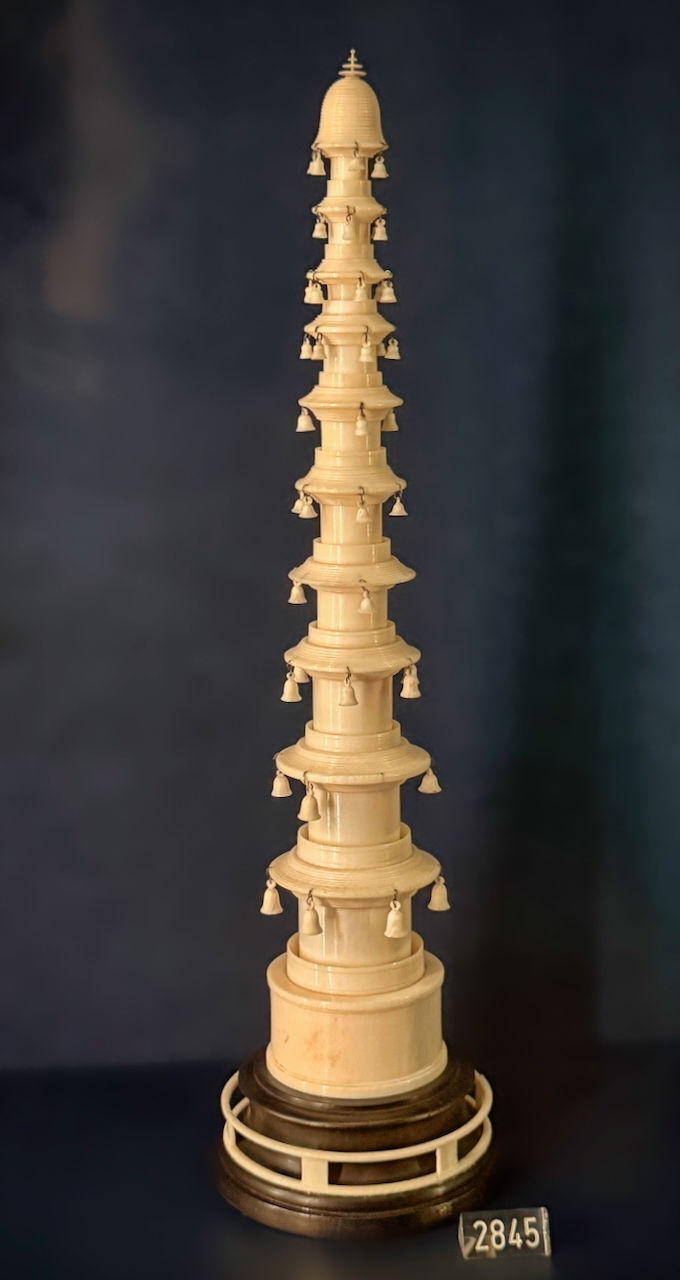
We then walked to the Glyptoteket museum, founded by Carl Jacobsen (the beer magnate who started the Carlsburg Brewery) and which features the collection amassed by the Jacobsen family.

It was mid-afternoon by the time we arrived there, so we limited our visit to the museum's collection of impressionist paintings. On the walk upstairs, we passed this interesting statue.
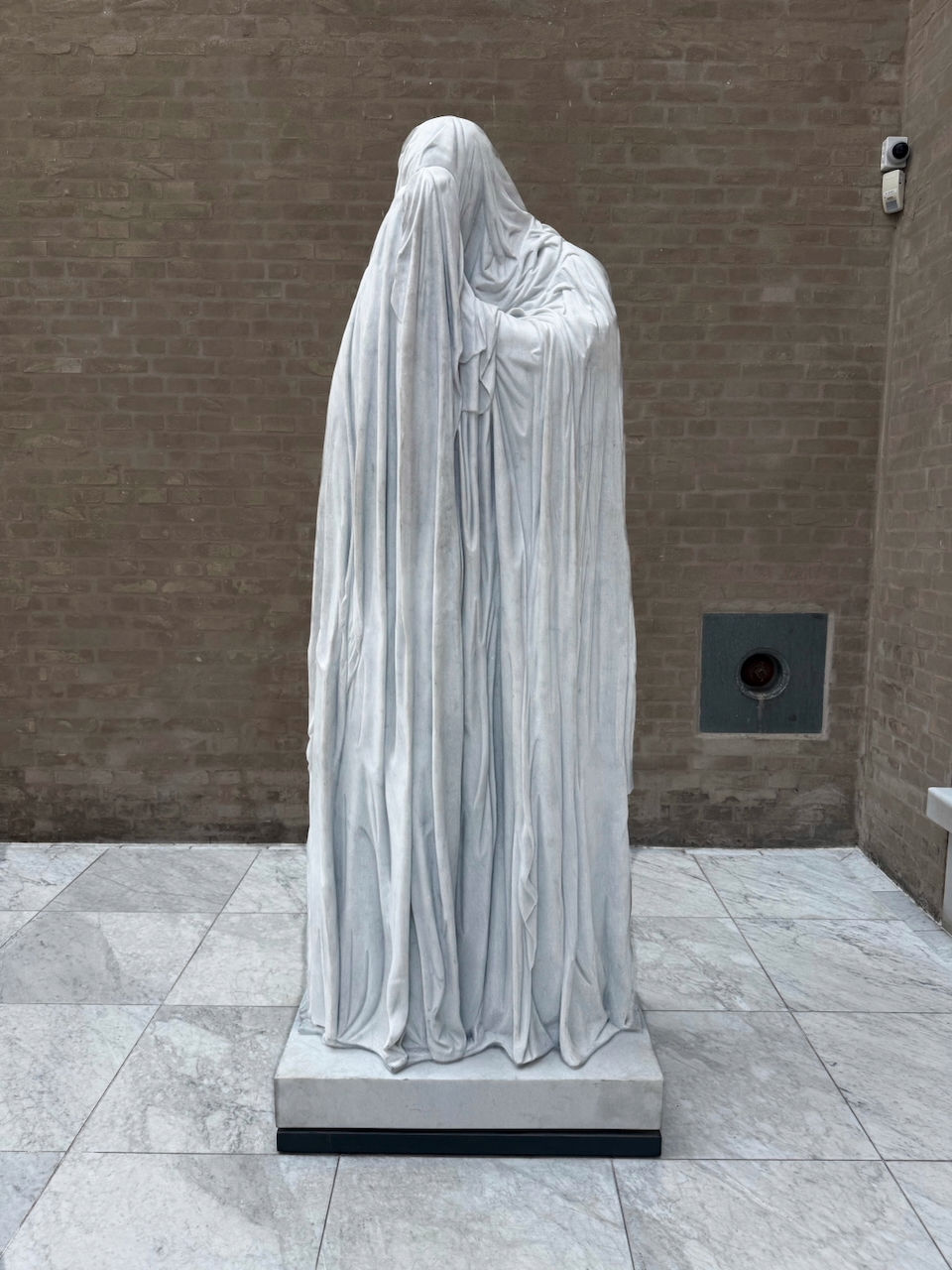
There was an interesting exhibit about a period Paul Gaugin spent in Denmark before he returned to France and ultimately to Tahiti.
Another interesting exhibit talked about Edgar Degas' obsessions with ballet dancers.


That evening Nony took us to Reffen, an outdoor eatery with many, varied stalls and food trucks.
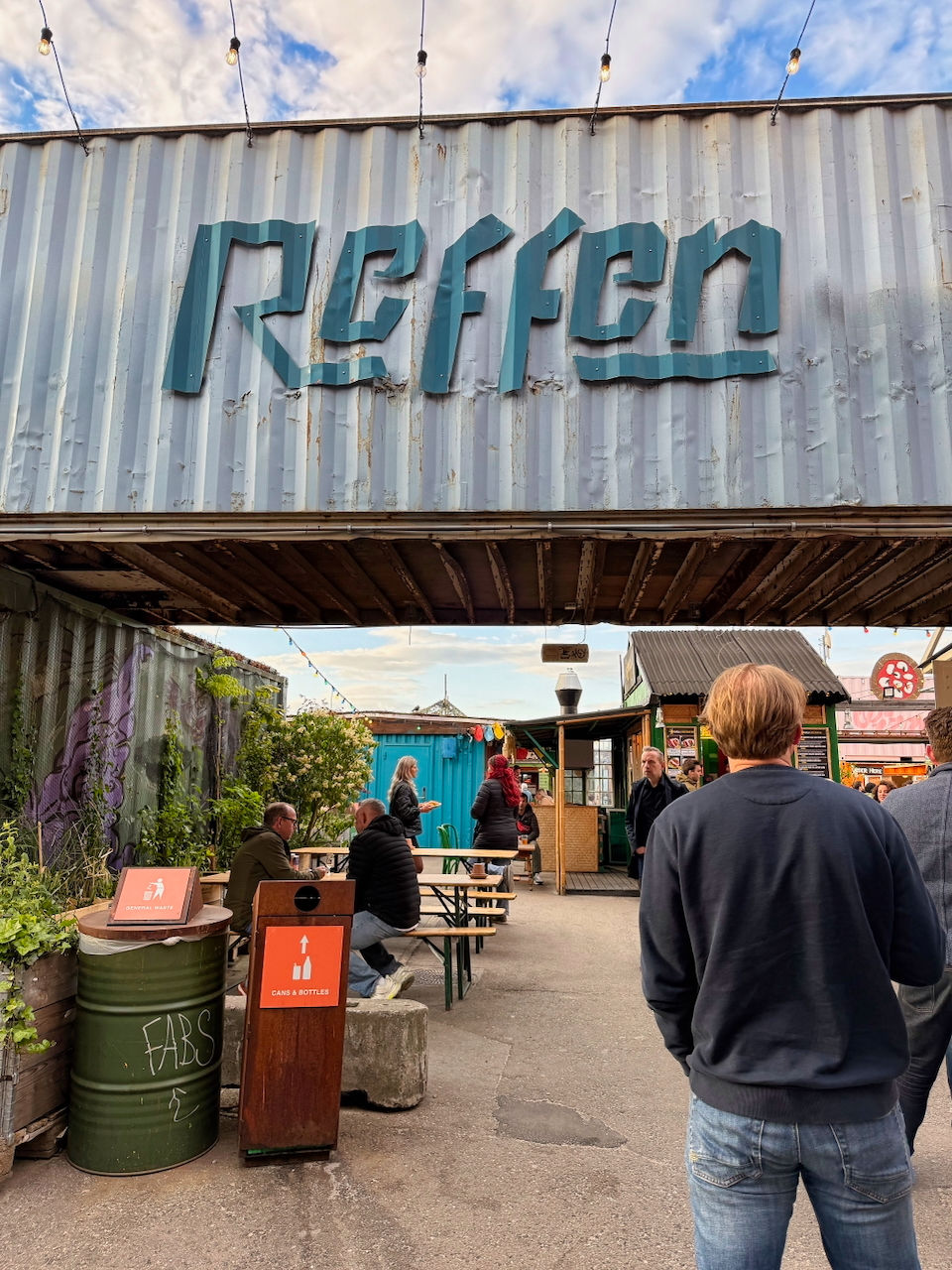
His partner Danielle joined us. After dinner, they walked us back to our bus stop, and then Nony carried Danielle back to their place on the front of his bike.

The next morning, we visited Nyhavn, an area of colorful buildings that is also a super-busy tourist trap.

Rather than buying a coffee there, we walked a few blocks away and purchased a latte from a street vendor operating out of the back of a very small truck.
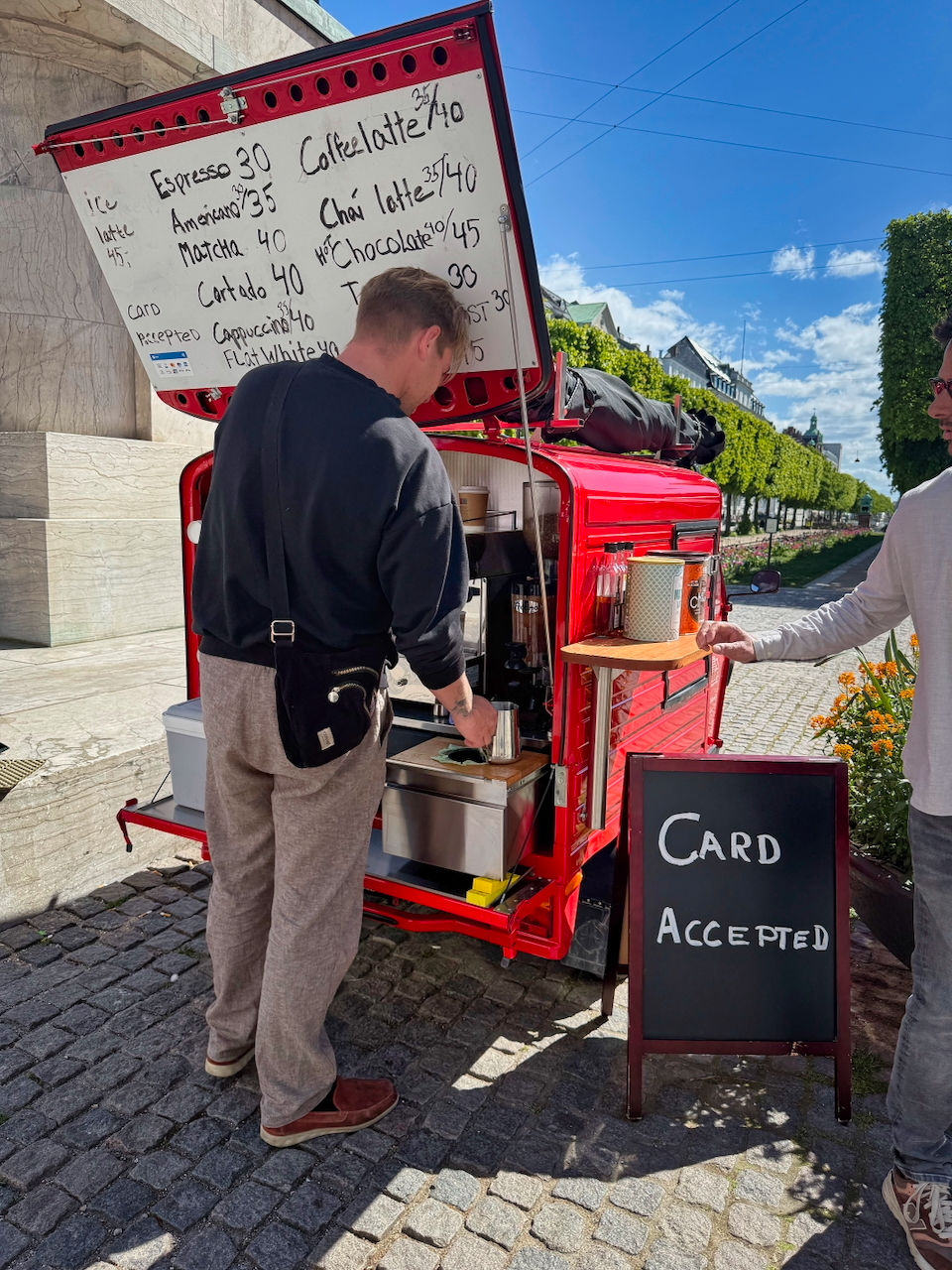
We walked on to the Museum of Danish Resistance, most of which is built below ground level. At the beginning of World War II, the Danish Government allowed the country to be occupied by the Nazis, after getting a promise that they could keep their sovereignty. That meant that they could govern their country with the approval of a Nazi supervisor. The country continued business as usual, but as the war progressed, more and more demands for food, military supplies, and even conscripts for soldiers were made, leading to strikes and uprisings in the later years of the war. Toward the very end of the war, the Nazis decided to send Danish Jews to concentration camps, but the country was able to save many of its Jews by using fishing boats to transport them in secret across the strait to Sweden. The museum told the story of the occupation and the underground resistance partly through audio stories of five people, amplified by exhibits and artifacts.
We thought the museum did a good job of showing various points of view (one of the five people was a Nazi collaborator, another a Danish housewife). Overall, we found the museum very moving.
Our Copenhagen Pass included a boat tour of Copenhagen’s extensive canal system. It was interesting seeing the juxtaposition of both old and new architecture throughout the city.

Our boat cruised past the statue of the Little Mermaid, a story written by Copenhagen’s own Hans Christian Anderson. The statue is small, and over the years she’s had to have her head replaced twice, an arm replaced once, and graffiti removed multiple times.

At the end of the afternoon, we walked over to see the Black Diamond, a striking black glass building that is part of the Royal Danish Library and attached to the older stone portion of the original library. While at the library we toured an interesting exhibit on the history of photography in Denmark.
On our third full day in Copenhagen, we moved away from the city center, taking a train north to the suburb of Humlebæk to see the Louisiana Museum, which houses an extensive modern art collection. The museum was named in honor of the collectors' three wives - all named Louisa. Nony joined us for the visit.

The Louisiana typically includes three or four special exhibits, and they like to showcase under-represented 20th century artists. The building corridors wind through gardens and trees – the site reminded us of the Crystal Bridges Museum in Bentonville, Arkansas.

We were very impressed by several large works created by Robert Longo, an American artist. Using charcoal, he creates dramatic, oversized, photorealistic drawings. It was amazing work.
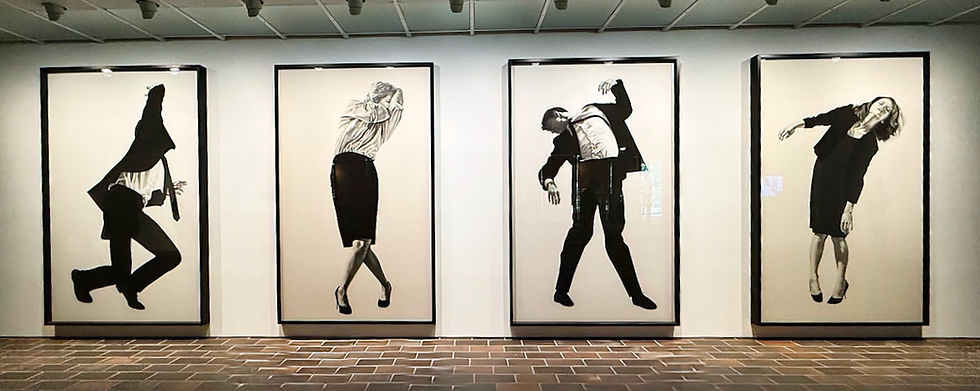
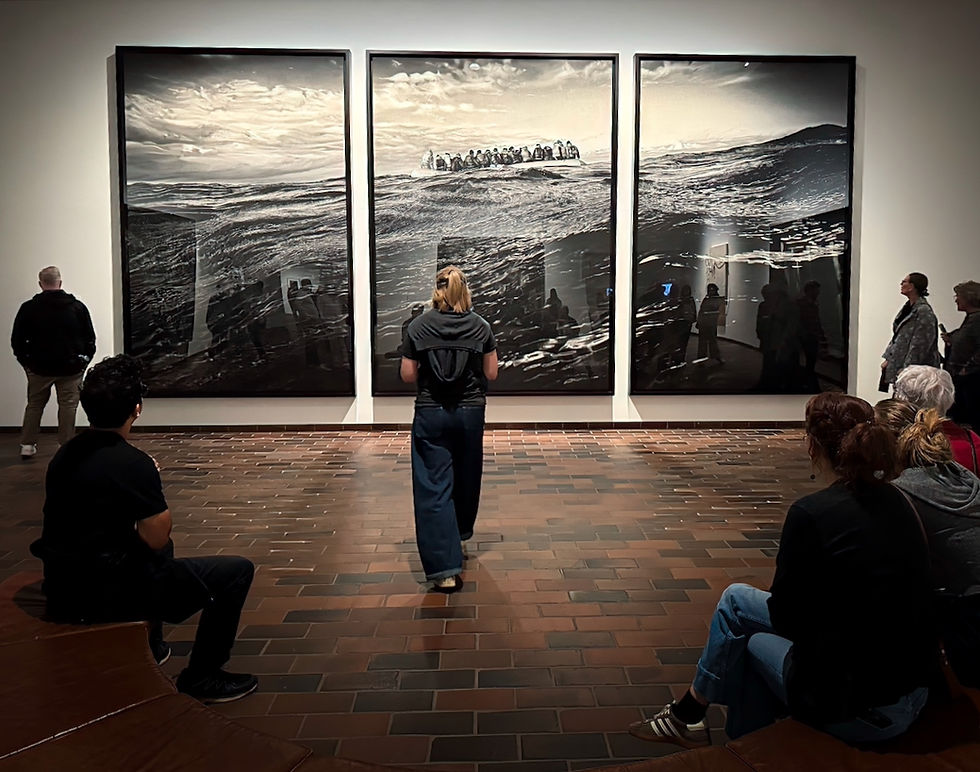
Another exhibit showcased drawings by Alexej Jawlensky, who throughout his career painted variations on a few themes. One of these was faces, and he created more than a thousand abstract faces in his last few years. As his hands became more arthritic, the paintings became simpler and simpler.
Nony left to go back to the city, and we walked back to the train station to continue another 20 minutes north to the suburb of Helsingnør. There we visited Kronborg Castle, the latest iteration of which was built on the ruins of a much older castle and completed in the late 1500s. It was used extensively by King Fredrick II and his son Christian IV (mentioned above). The castle is located on the narrowest point (2.5 miles) of the strait which divides Denmark and Sweden. The king collected tariffs on all ship traffic headed to and from the Baltic Sea, so lots of money was available for building out the castle.

Kronborg was renowned for its splendor and its huge banquet hall, the largest in Northern Europe, was the envy of all. Not only was it the largest, but it also had no inside supporting columns which added to its grandeur.
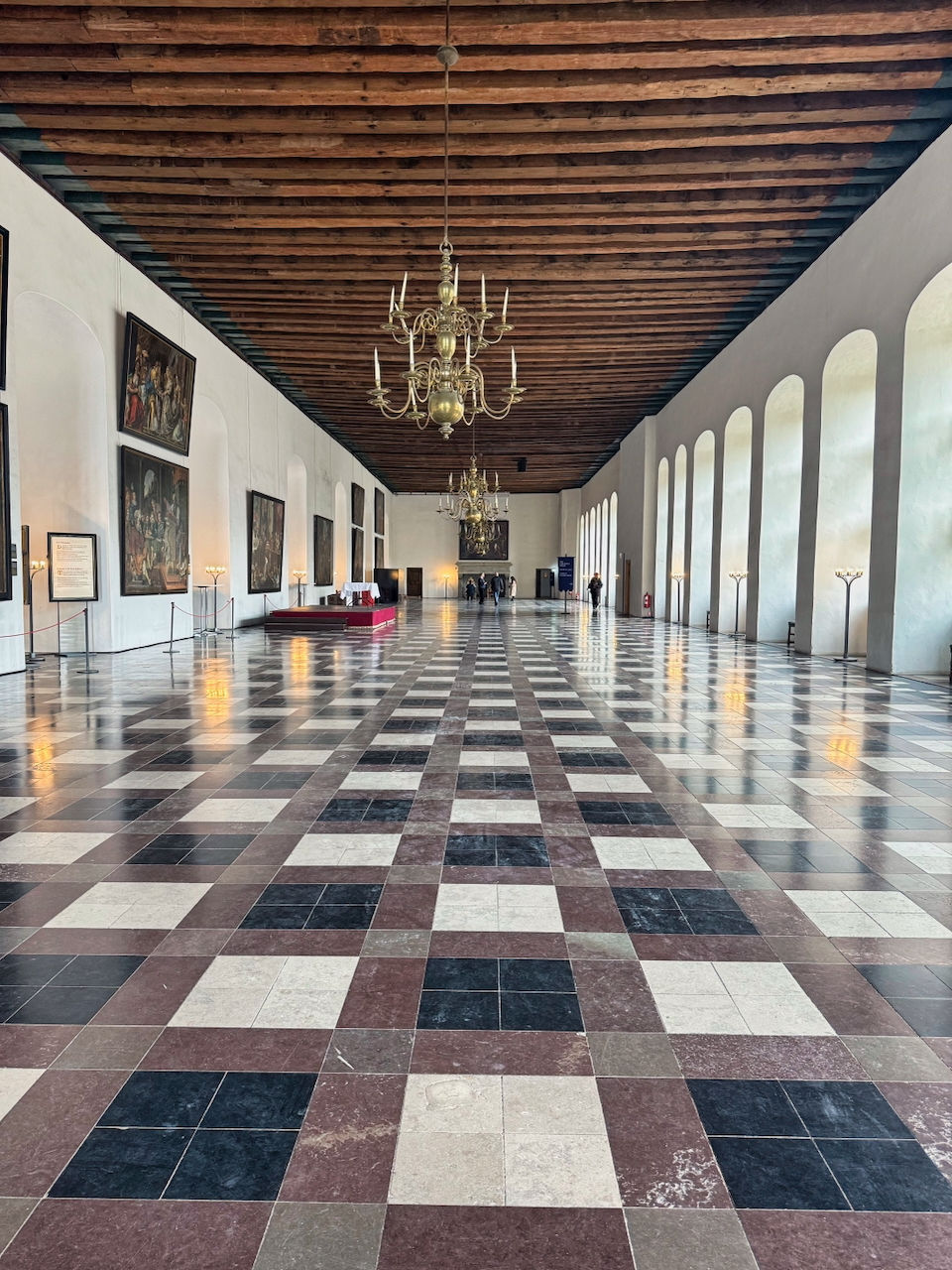
The Danish court was known for its parties, and royalty would travel far from other European kingdoms to join the fun. Of course they brought hostess gifts - that's how the Danish treasure archives got so much carved ivory, coral and amber :)

An essential requirement of the king was to be able to consume large quantities of beer and wine and keep the party going all night. The Danish took partying very seriously.

Shakespeare used Kronborg as the inspiration for the castle of Elsinore where much of his play Hamlet takes place – the play is based loosely on an old Danish folk tale.
Returning by train to downtown Copenhagen we walked to Tivoli Gardens, one of the world’s oldest amusement parks, set right in the middle of the city. There are gardens, live performances, rides, restaurants, etc. and it is quite magical.

We sat and watched a comic ballet at the park’s oriental stage.

We met Nony and Danielle for a final dinner in an area of Copenhagen that used to be the meat-packing district, but was now full of specialty restaurants.
We walked back through Tivoli on our way back, to see it all illuminated in lights.
On Sunday, May 18, we checked out of our hotel, walked over to the nearby Radhus metro stop and caught the subway to the airport for our afternoon flight to Reykjavik, Iceland.
There, we would start the final phase of our Scandinavian adventure, circling Iceland on its 825-mile-long Ring Road. More about that in our next blog post. Please stay tuned!!


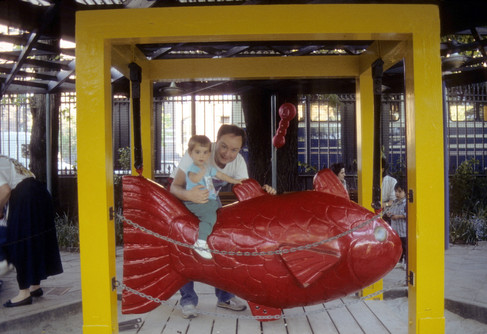


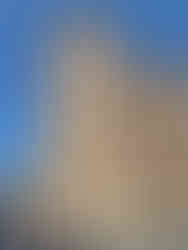

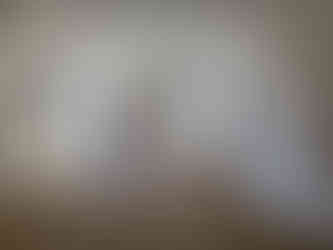


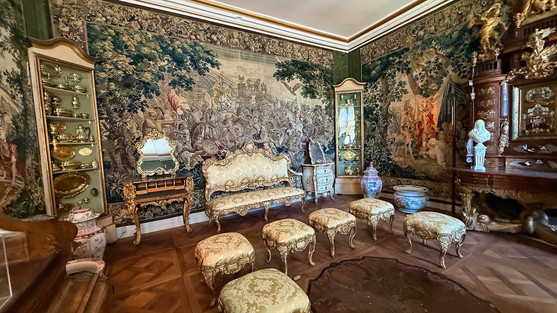
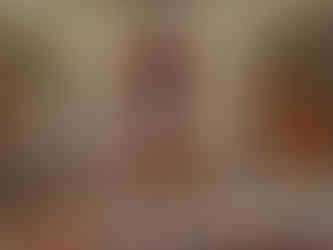

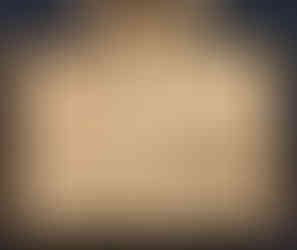

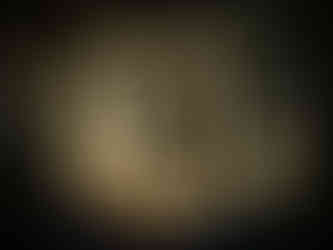




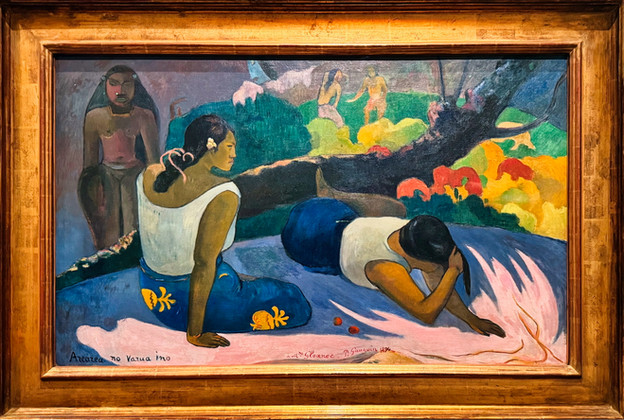
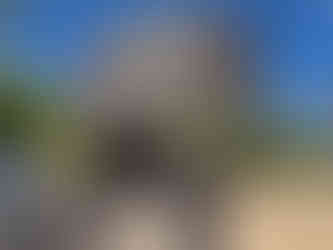


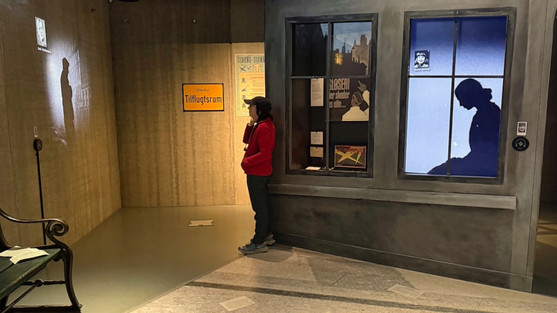
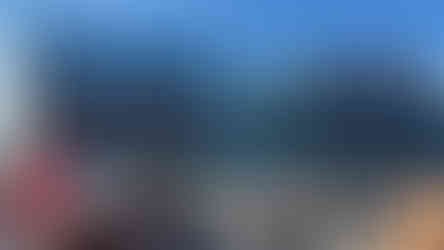






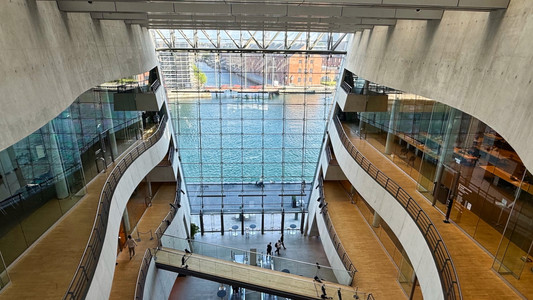




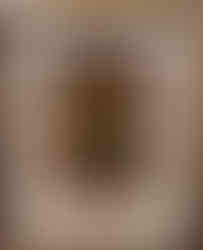

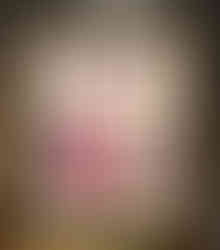





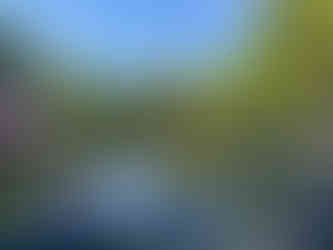


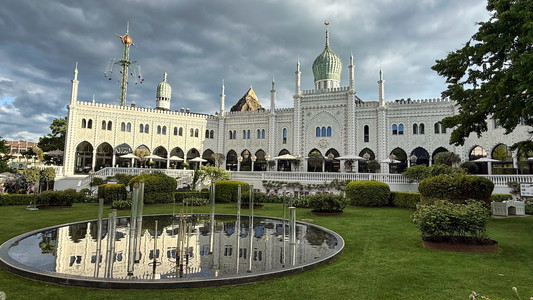




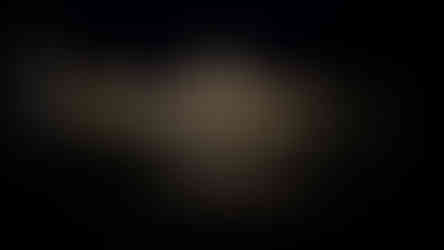




Comments